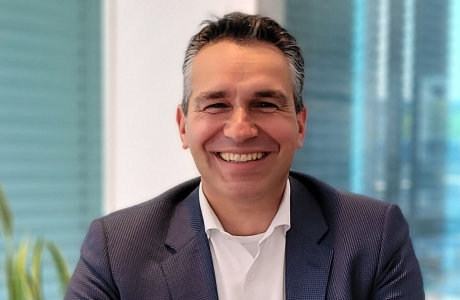
John Phillipou, Managing Director of Paragon SME Lending shares his insight into how lending on green assets will change over time.
There has been strong growth in demand for green assets in recent years.
There are several reasons for this beyond being good for the environment, primarily the potential for reducing operating costs. Investing in solar panels, combined heat and power solutions (CHP) or a biomass boiler can significantly lower the day-to-day expenses of a business over time.
Businesses are now more aware of their carbon footprint, so many want to purchase equipment that is less polluting than its fossil fuel-powered equivalent, which is the industry norm for a lot of sectors, particularly construction and freight transportation.
Furthermore, as businesses grow, they need to report their carbon emissions externally. Smaller businesses acting as subcontractors or suppliers for larger companies often need to demonstrate their sustainability credentials to secure future contracts and retain their client relationships.
As a result, more and more lenders are financing green equipment, but at this stage, not all types. With so many new technology variants, not all green equipment is attractive or palatable to lenders.
When lenders finance a green asset, such as an electric excavator or a hydrogen-powered vehicle, the asset finance agreement will be typically based on the residual value of the product, once the finance agreement has ended.
This is a well-trodden path when it comes to traditional assets because most of this equipment has been established in a mature resale market for decades in some form, so they’re confident of the future value.
For newer green assets, such as hydrogen-powered equipment, lenders do not have the same certainty of what the residual value will be. This can be a barrier for many companies wishing to ‘go green’.
However, as the green journey progresses, we see this changing.
In the next few years, we anticipate that lenders will no longer be underwriting the product based on the residual value, but as society shifts towards a greener future, it’ll likely be on the energy-saving capability of that particular asset.
Instead of the end value of the product, the cost-saving and other benefits that it offers to the business will be a defining factor.
Whilst we expect it will take time for lenders to get to this point, as we start to see greater demand for green assets, more lenders will inevitably start to offer finance on more sustainable equipment.
At Paragon, we recently announced our expansion of green lending in addition to the green assets we funded previously, as we look to support more SMEs on their journey to sustainability.
We anticipate the shift to green equipment will take time, but ultimately as we get closer to net zero it’s inevitable that businesses and lenders will have to start working together to ensure that green assets become the norm.








